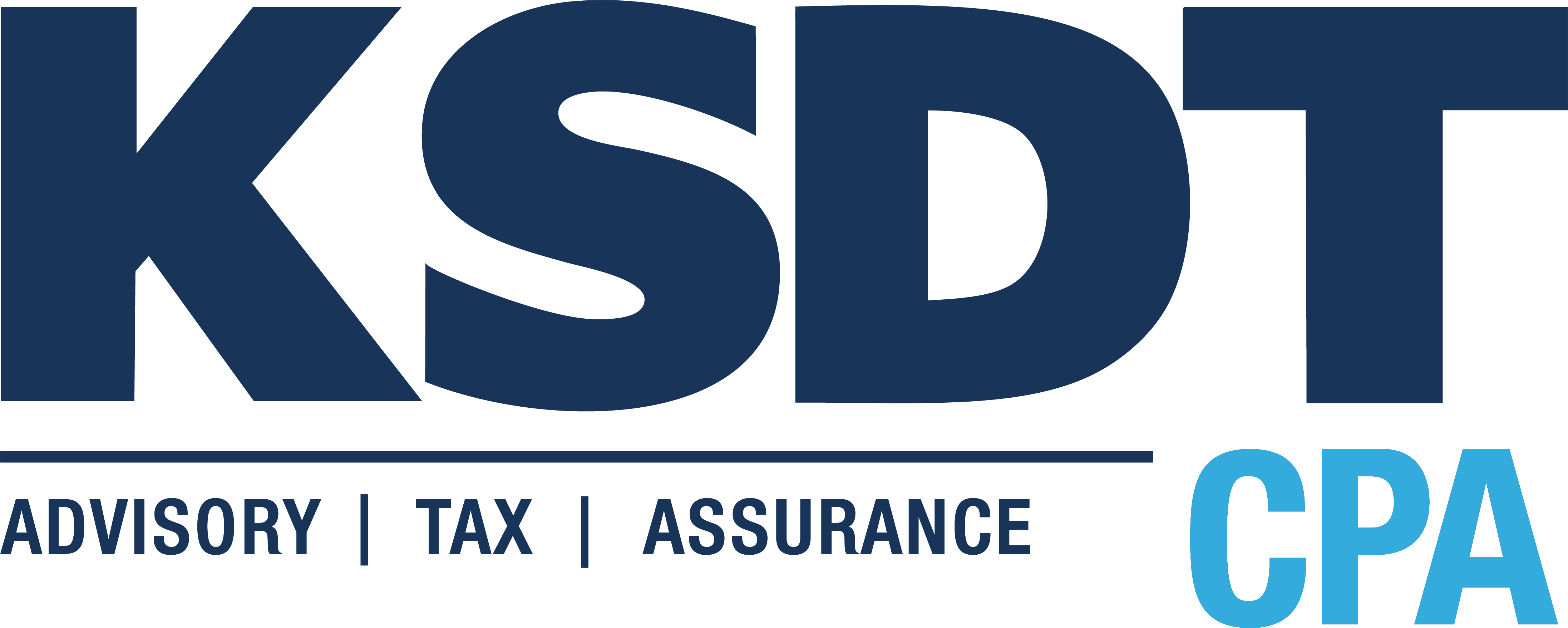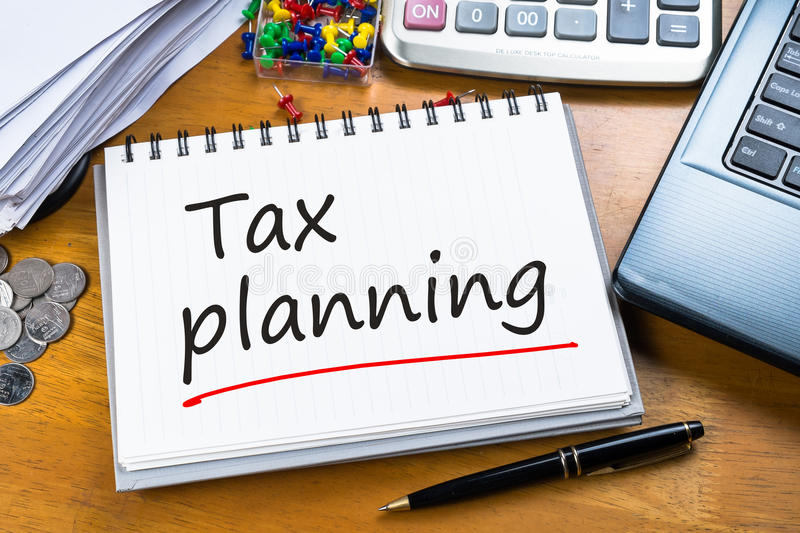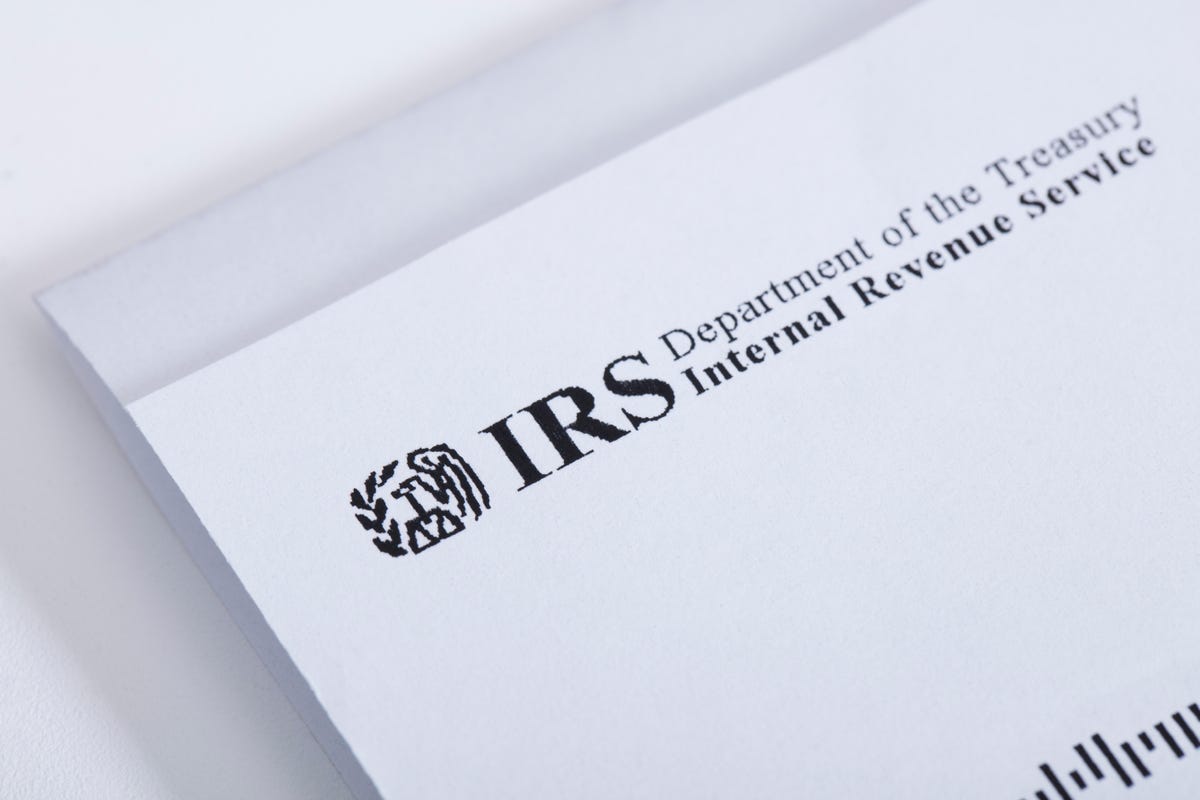Performing these tasks at year-end will help your tax professional prepare your return accurately, plus it will make your tax professional very happy when you have these answers at the ready!
- Write down the odometer reading on the vehicles you use for business. It is important to know what percent you are using the vehicle for business and what percent you are using for personal. You should have a mileage log, but even if you just write down your odometer once a year, you’ll know how many total miles you drove for the year.
- If you carry inventory, you are required to do a count once a year showing the value.
- If you have payroll, verify if your EDD employment rate has changed for the upcoming year. You should have received a letter with the percentage in early December.
- Collect any W-9s from vendors. Verify if you paid anyone over $600 that will require a 1099. You will also need to send out a 1096. Visit the IRS website to order forms: https://www.irs.gov/businesses/online-ordering-for-information-returns-and-employer-returns
- Back up data from the computer. Double check the backups are copying correctly.
- Update service account passwords and who has access to them. For security reasons, it is important to periodically update passwords and review/reassess which individuals have access to them.
- Copy thermal receipts. Many receipts that you get from office supply stores, gas, etc., are on thermal paper. The image will fade over time. Make a copy of the receipt because if you are audited, the IRS will want to see the details, not the credit card statement. Better yet, scan all of your receipts into a document management system and toss the paper.
- Verify when corporate minutes will be due for the coming year and mark the calendar.
- Review your business plan and make any necessary changes. What do you project your gross revenue to be for the upcoming year? How will that compare with the current year? What will you do to increase your profits?
- If you use QuickBooks, set the closing date and password on QuickBooks file.
Getting these necessary clerical tasks out of the way will make it easier for everyone.





